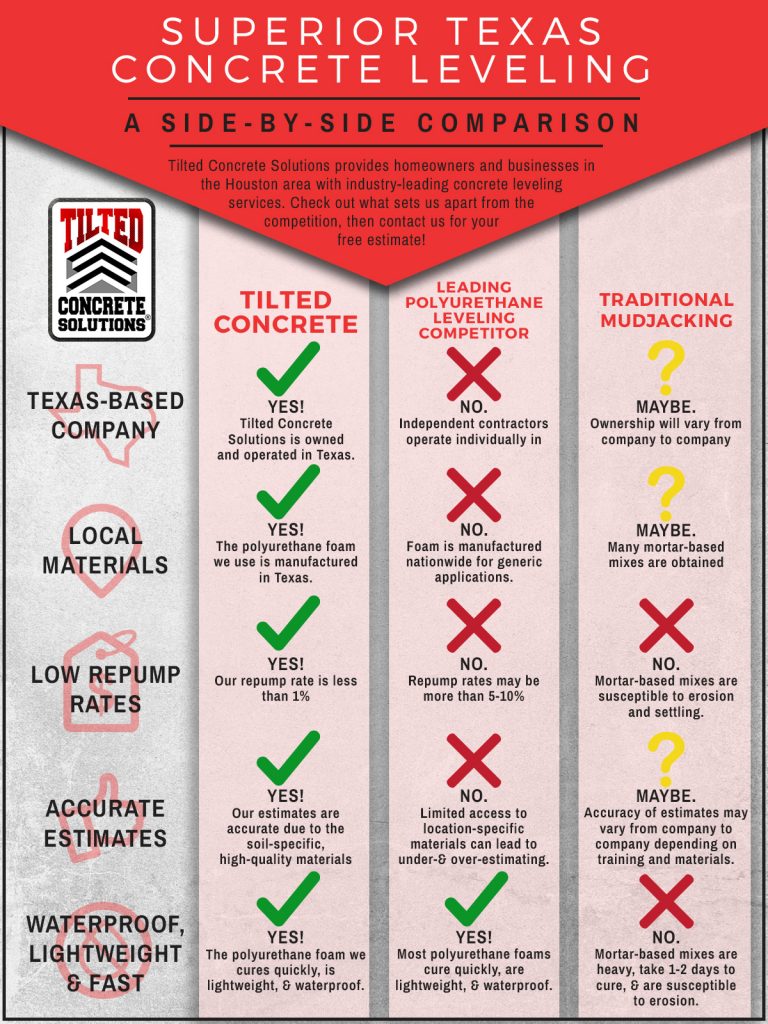Climate Condition And Their Effect On Your Exterior Paint Job
Climate Condition And Their Effect On Your Exterior Paint Job
Blog Article
Posted By-Hermann Wolff
Comprehending just how climate condition can influence the outcome of an outside paint undertaking is vital for accomplishing a remarkable finish. From temperature level fluctuations altering paint adhesion to moisture levels influencing drying times, each aspect of weather plays a significant role in the success of your job. Moreover, wind rate and precipitation can introduce unanticipated obstacles that might jeopardize the top quality of the result. As we navigate via the subtleties of weather condition's impact on outside paint, it comes to be apparent that careful preparation and strategic timing are important for making sure a specialist and durable result.
Suitable Temperature Level Range for Paint
When thinking about outside painting projects, the suitable temperature variety plays a crucial role in achieving optimal results. Painting in the right temperature level problems ensures that the paint sticks appropriately to the surface area, dries evenly, and treatments effectively. Typically, the recommended temperature level array for external painting is between 50 to 85 degrees Fahrenheit.
Painting in https://cabinet-painters-near-me90099.tkzblog.com/33687332/yearning-for-a-home-that-exhibits-freshness-and-vibrancy-discover-the-key-of-specialist-house-painters-and-the-key-elements-that-make-a-house-really-seem-like-a-home below 50 degrees Fahrenheit can cause problems such as bad paint attachment, long term drying out times, and an enhanced possibility of breaking or peeling.
On the other hand, painting in temperature levels above 85 degrees Fahrenheit can trigger the paint to completely dry as well promptly, causing blistering, bubbling, and an uneven coating.
To attain the very best outcomes, it is essential to examine the weather forecast prior to beginning an outside paint job. Preferably, purpose to repaint throughout moderate weather with moderate temperatures and reduced moisture levels.
Results of Moisture on Paint Drying
Moisture levels dramatically impact the drying out procedure of paint related to exterior surfaces. High humidity can prolong the drying out time of paint, leading to possible problems such as leaking, streaking, and even the formation of bubbles on the repainted surface. Excess wetness in the air slows down the dissipation of water from the paint, impeding the healing process. This is specifically troublesome for water-based paints, as they rely upon evaporation for drying.
On the other hand, reduced moisture degrees can likewise affect paint drying. Very completely dry problems may create the paint to completely dry as well quickly, leading to poor bond and a harsh coating. In https://www.bobvila.com/articles/exterior-house-painting/ , including a paint conditioner or spraying a fine mist of water in the air can assist manage humidity degrees and boost the paint result.
To make certain optimum drying conditions, it is suggested to paint when the humidity levels range in between 40% and 50%.
Tracking moisture degrees and taking proper measures can assist accomplish a smooth and durable paint finish on exterior surface areas.
Wind and Precipitation Considerations
Wind rate and rainfall are essential aspects that dramatically affect the success of an external paint task.
When it pertains to wind, both speed and instructions are important considerations. High wind speeds can cause paint to completely dry too promptly, resulting in a poor finish with possible concerns like fracturing or irregular appearance. In addition, wind can carry particles that may stick to the wet paint, resulting in flaws. Consequently, painters must intend to work with days with light to modest winds for ideal paint conditions.
On the other hand, rainfall, whether rain or snow, can be incredibly detrimental to the result of an exterior painting task. Dampness from precipitation can impede paint adhesion, triggering peeling off and bubbling over time. It is essential to avoid paint throughout wet or snowy weather condition to ensure the longevity and high quality of the paint task. Painters should likewise allow ample time for the surface to completely dry thoroughly after any precipitation before starting or returning to the paint process.
Conclusion
Finally, weather conditions play a substantial role in the end result of an external paint project. The optimal temperature level array, moisture degrees, wind speed, and precipitation all add to the success or failure of the paint task.
It is necessary to consider these aspects and plan accordingly to make certain correct paint bond, drying out times, and total top quality of the ended up product.
